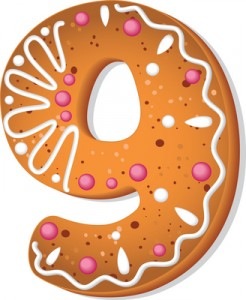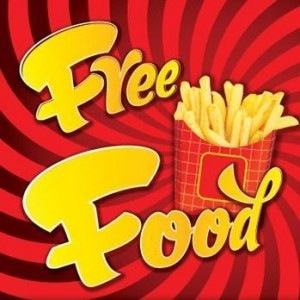 Have you ever said, “No, I don’t care for any” to seconds or “No, thank you” to dessert – but your host or dinner companion just won’t give up?
Have you ever said, “No, I don’t care for any” to seconds or “No, thank you” to dessert – but your host or dinner companion just won’t give up?
“You’ve gotta try it, it’s great, “ or “Oh, come on, just a little taste,” or “Have just a little more.” It goes on and on and on and you want to scream, “No, and I mean, No.”
Unfortunately, many of us cave in to the pressure – because the food really does look tempting and your willpower and commitment has been eroded — or because we just want the annoying beseeching to go away. It can be aggravating – maybe infuriating – and at times embarrassing — when they keep pressuring you to have a taste, or take some more, or, worse yet, shove their forks in your face.
Why Do They Do It?
Who knows what motivates people who pressure you and won’t give up. Maybe it’s their own guilt about what they’ve eaten and they want company while they wallow in the “I shouldn’t of had that.”
Maybe it’s a reflection of their fear that if you lose weight you’ll look so much better than they do and you’ll also show them up as self-perceived “dietary failures.”
Or, maybe, like some of my relatives, they’re just programmed to push your buttons along with pushing you to taste and eat.
What You Can Do
There are a few ways to handle these saboteurs/relatives/frenemies. One is to take the high road and explain that you’re satisfied with what and how much you’ve already eaten since you’re trying to watch your weight and eat clean. If they persist you can try saying again that you’re comfortably full and really don’t want more food. If they keep at it stare them down and ask why the heck they care so much about what you eat.
Now, that may “piss” someone off so you might try to still be firm but a little more gentle without hurting someone’s feelings. Although – being polite and gentle hasn’t worked so far and they’re hurting yours . . .
Using the health card almost always works. Claiming you’re on a diet usually doesn’t. It’s hard to argue or persist with the pressure when you say that your doctor told you that you had to watch your cholesterol or that you have a food allergy. There are excellent times when little white lies that harm no one and potentially save your waistline and your relationships are the best solution.
Then again, to shut someone up you could always take the food, take one little nibble, keep smiling, and leave it on the nearest table or toss it in the garbage on a stroll toward the rest room.



